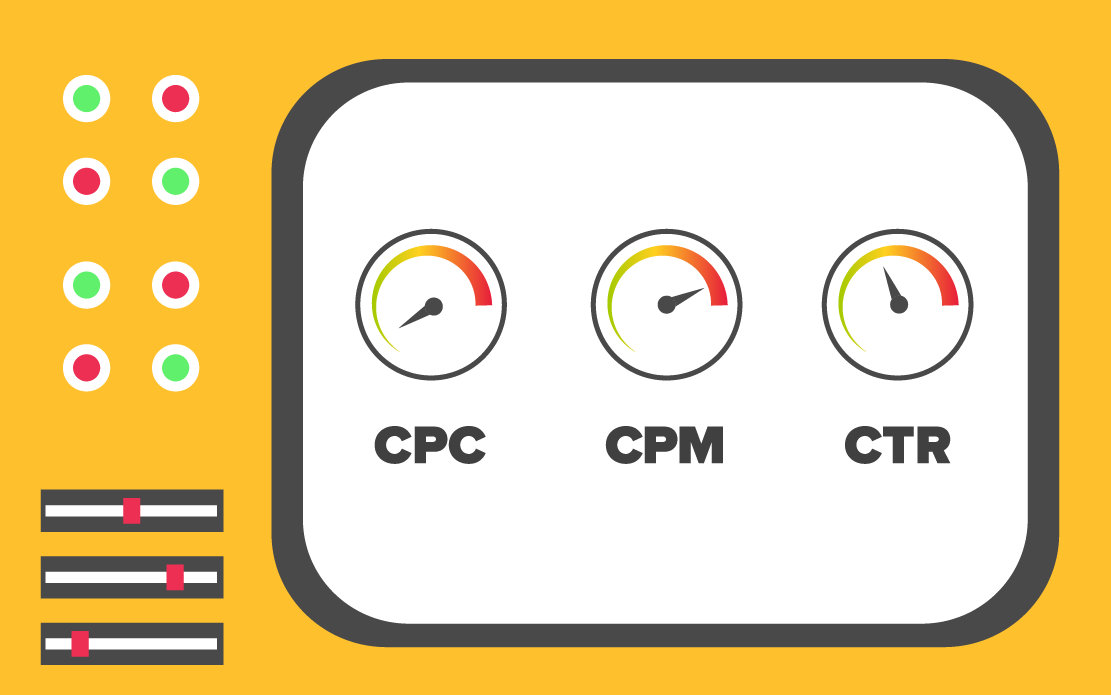How did Adwords change bidding at the end of 2023? (performance analysis)
What is AdWords? Google AdWords, now known as Google Ads, is an online advertising platform by Google. It allows businesses…

Have you watched the “Mad Men” television series? If not, here’s a nutshell description: the 1960s, New York City, and Don Draper. The series tells about his fate as a reputable advertising specialist in a leading marketing agency at that time, as well as about the changes that were taking place in the American society back then.
It’s no coincidence that the time period in which the series is set is now called the golden age of marketing. Advertisers, instead of informing about the product, started to focus on creating positive emotions toward the brand. It was then that such classics as Volkswagen’s “Think Small”, the advertisements of Coca-Cola, Campbell’s soups and others were created, from which the creative minds of agencies draw tons of inspiration to this day.



But if you look a little bit more broadly and more critically, in those days the effectiveness of a campaign could only be checked by trial and error. For every advertisement that delighted the recipients, there were probably a dozen or so that were forgotten just a few seconds after being seen. The content, placed on television or in the press, reached a wide audience, but it was impossible to determine what part of this audience actually belonged to your target group. In addition, the potential revenue growth was spread out over an unspecified period of time in the future, which meant that advertisers were not able to ensure a return on their investment.

What is more, measuring campaign effectiveness is enabled by most popular platforms used for carrying out campaigns, which allows optimizing this effectiveness, even in real-time. Below, we’ve presented the most common indicators of the effectiveness of advertising campaigns in Programmatic together with their corresponding ad pricing models.
Despite the fact that there are much more advanced possibilities, some campaigns are based on the model of purchase/sale of a specific number of impressions of the given advertisement.

This is the easiest way to carry out such a campaign, very often an image campaign, where the aim is to reach the target group as broadly as possible. The parties agree to provide the advertiser with a specific number of impressions, and the success of the campaign depends on meeting this number.
Such campaigns are priced at the CPM rate, i.e. cost per mille – the cost of a thousand impressions. This cost may vary depending on many factors, such as the popularity of the website on which you want to display the advertisements or the position of the advertising slot in which the advertisement will appear on the given website.
[mc4wp_form id=”407″]
The latter factor has a significant impact on the indicator called “viewability”. It tells you what part of the advertisement impressions was actually seen by users. The number of impressions itself assumes that the ad was displayed to the recipient, but this is not always the case. The advertisement may be displayed at the bottom of the page, and the user may exit the page without scrolling down or may scroll through the page so fast that the advertisement will not be viewed.
Fortunately, deciding whether an ad can be considered to have been displayed (or not) is not discretionary. The standards of the IAB Association of the Employers of the Internet Industry come to the rescue.

According to those standards, an impression is considered to be “viewable” if at least 50% of the pixels remain in the visible area of the browser window for at least 1 second for graphic advertising, or for at least 2 seconds for video advertising (playback duration of the specific video).
Of course, merely the impressions of an ad are not what advertisers are most interested in – obviously they care about concrete actions taken by potential customers, but before we go there, we first have to talk about clicks.

An overview of how many of the recipients of your ad actually clicked is provided by the indicator called CTR (click-through-rate). In a very easy way, it shows you basic information about the impact of an ad on your audience. It is calculated by dividing the number of impressions of the ad by the number of clicks that it generated. This is very basic information, which tells you about the level of interest among recipients, and which is very often used to optimize both the designs that are displayed and the website on which the ad appears.
The campaigns in which the advertiser focuses on the delivery of a specific number of clicks are most often priced in the CPC model (cost per click). As you can easily guess, the advertiser pays for each time recipients click the displayed ads. Like in the CPM model, the CPC rates depend on many factors, which are often related to the specificity of the target group you want to reach. It will be cheaper to reach with your ad a representative of the wide group defined as “men, 18–35” and make him click it than to do the same thing in the target group of middle-level managers responsible for the purchasing of software and the issuing of invoices.

Coming back to the subject of expectations of advertisers – the results of their actions that they most often want are concrete actions of users. The impressions of ads with a specified call-to-action and the clicks on those ads are simply a means to this end. Here are the most common ones:
Campaigns conducted by Yieldbird are most often priced in one of the three models mentioned above. Less often, hybrid models such as CPC+CPL are used, where the greater difficulty in obtaining a lead is slightly compensated by the addition of the cost of clicks to the partial pricing.
As you can see, there are many ways to achieve the effect that will satisfy the potential advertiser. The most important thing is to ask the right questions at the early stages of campaign preparation and to understand what goal you want to attain. Of course, this goal will be completely different for an online store and a car manufacturer launching a new model into the market. Nevertheless, a thorough analysis of the data emerging during the campaign, and using them to optimize the campaign, will certainly help to achieve it.

Karol Jurga
Chief Revenue Officer
See it in action.